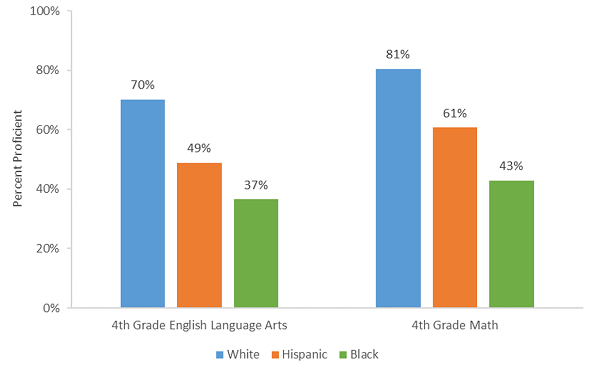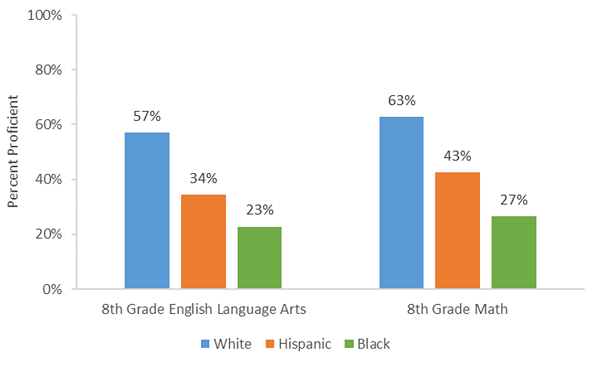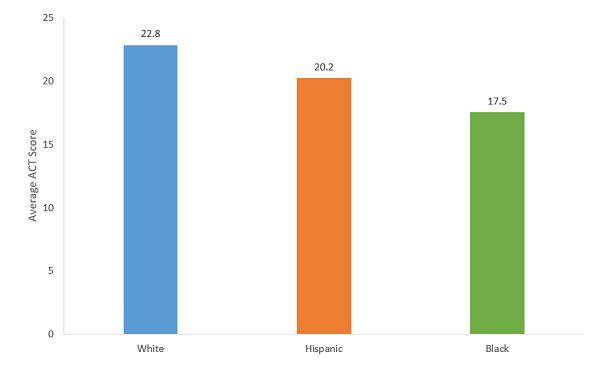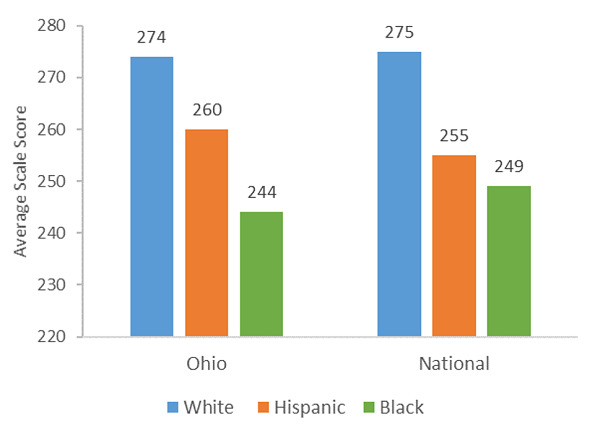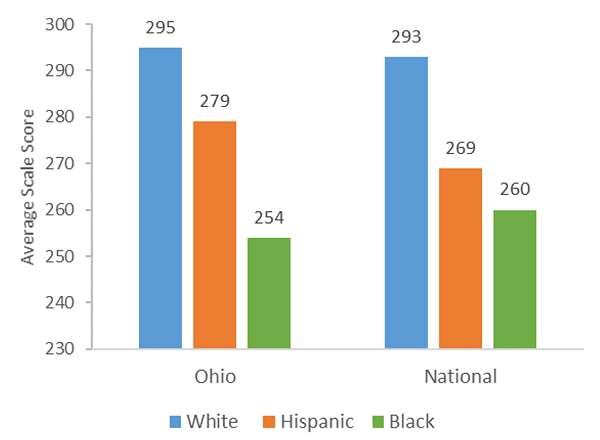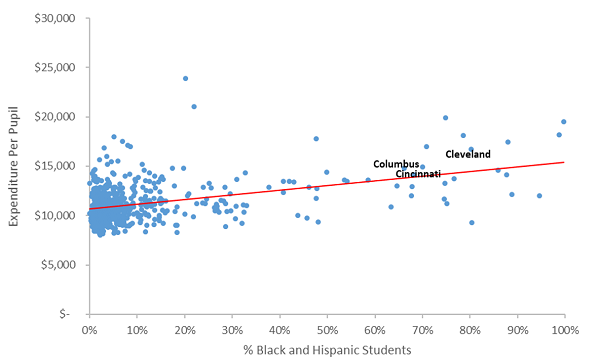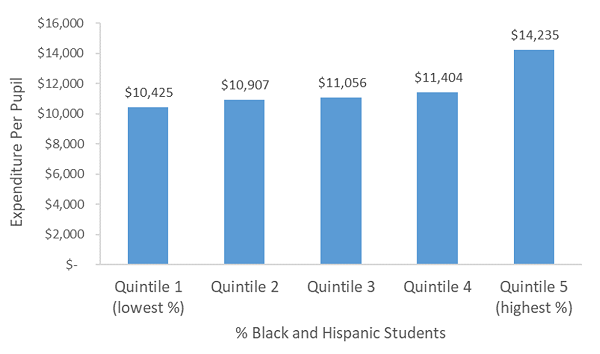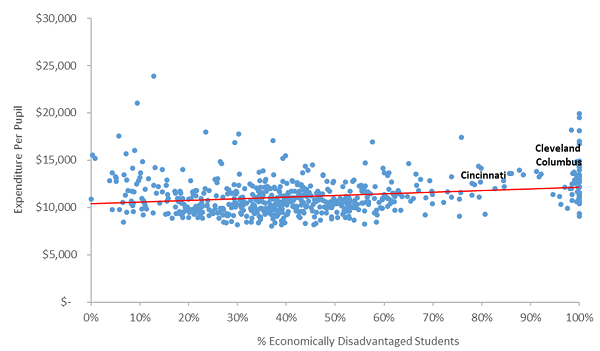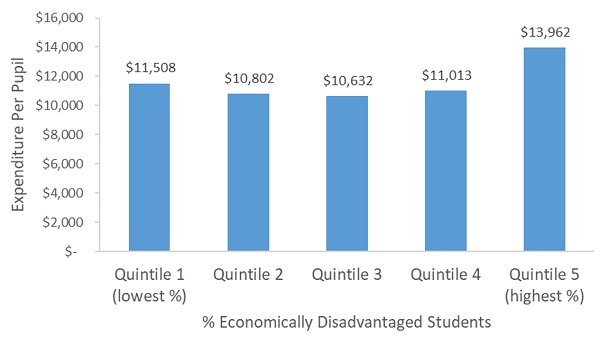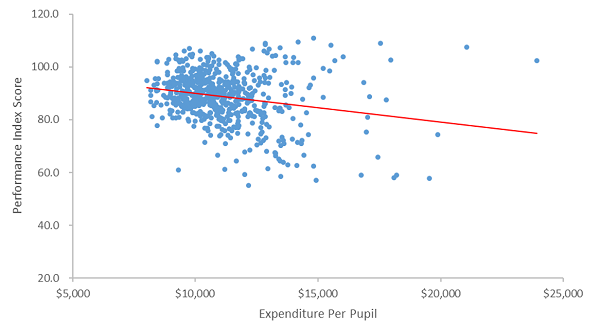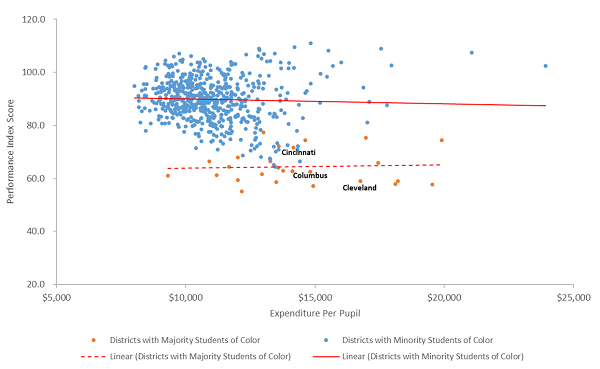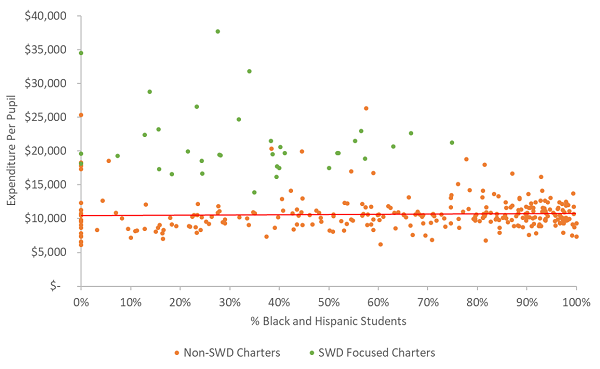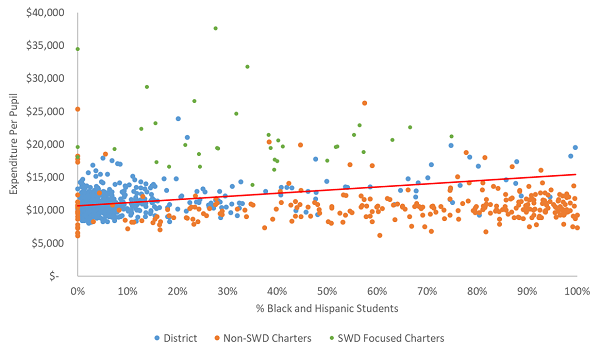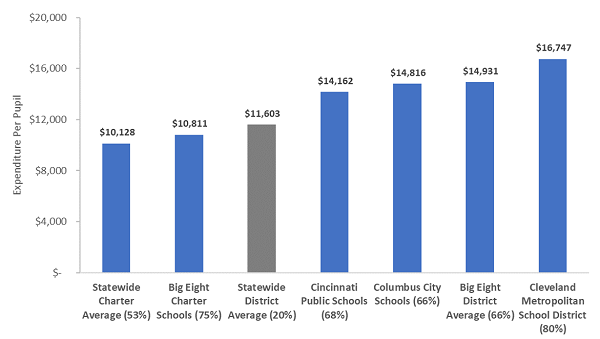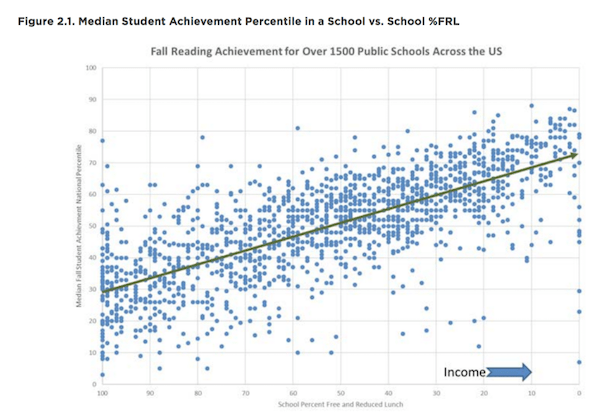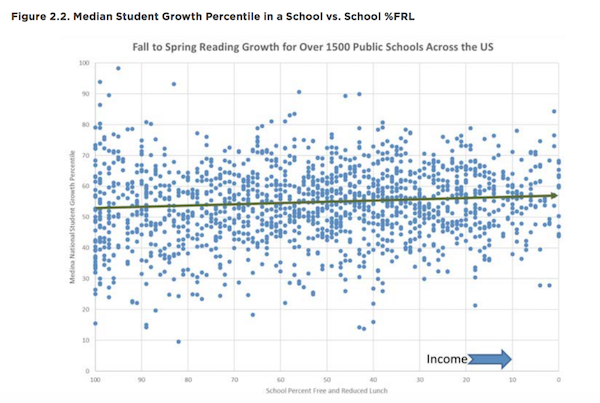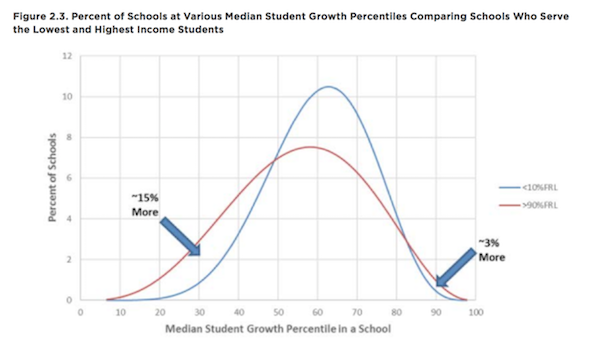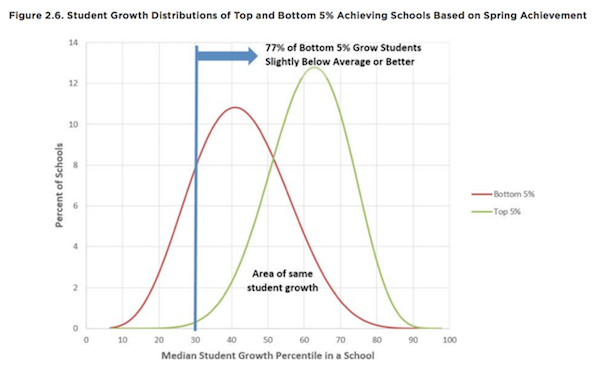If the purpose of school is to prepare students for adulthood, developing their financial literacy ought to be an important goal. So a new Brookings report by Matt Kasman, Benjamin Heuberger, and Ross A. Hammond examines what—if anything—states are doing to promote it. They find that forty include “substantive financial literacy material” in their standards, but that they “fall along a wide spectrum in terms of rigor.”
Part of the variance stems from the difficulty in defining “financial literacy.” Combining definitions from previous researchers, the authors present financial literacy as a dynamic relationship between five key components. A few of these are intuitive: foundational skills like basic math, knowledge of core financial concepts, and psychological factors such as confidence and self-control. The other two components, opportunities to interact with financial services and lasting behavioral impact, are rarely included in financial literacy research. All five of these factors should interact and build towards “long-term financial security and the avoidance of suboptimal financial decision-making.” Financial education, then, can focus on any of these individual aspects, especially depending on the age of the student; second graders may find more use in multiplication than in a simulation of the stock market, for example.
With this vision of financial literacy in mind, Kasman, Heuberger, and Hammond surveyed standards in all fifty states. Indeed, forty states include substantial financial literacy requirements, but only three (Missouri, Tennessee, and Utah) require actual financial literacy classes for high school graduation. More often, the standards are integrated into the standards for another subjects, such as economics or social studies. The authors emphasize that requiring districts to implement these standards, regardless of their form, is more important than developing independently-listed guidelines.
Topics covered in the standards overlap quite a bit. Some of the most common are saving and investing, credit and debt, and investment strategies. Notable are states that connect finance and postsecondary education. Take Mississippi, which teaches students how to use W-4 and 1040EZ forms, or Utah, Texas, and Alabama, which all require lessons on how to complete the FAFSA. Twenty-seven states also have standards for basic financial education in grades before high school. These focus mainly on foundational skills, such as identifying short-term financial goals.
Brookings also examined the materials each state offers its educators to prepare them to teach financial literacy. Some states provide online curriculum, such as Florida’s Finance Your Future platform, which allows teachers to build custom, interactive finance lessons. Private organizations sometimes partner with states to offer weekend training seminars or their own curriculums. As the authors point out, the confidence teachers gain through professional development is critical to boosting student learning.
Studying the effects of financial literacy programs is challenging. Some studies have correlated robust financial education with higher savings rates and better credit scores later in life. But other research finds no effect on future behavior, and a handful of studies find that better math education is more strongly correlated with future financial success than is finance-specific coursework. Financial literacy education is hard to study on a wide scale because every state, even every district, approaches it so differently. The authors here call for more research, not just into financial well-being before and after the implementation of standards, but also into the effects of varying implementation efforts between districts in the same state.
The stakes of financial education are high. The average teenager earns $290 per month, and before long they’ll have to navigate the student-loan landscape. Fortunately, more states than we may realize are integrating financial literacy standards into their schools.
SOURCE: Matt Kasman, Benjamin Heuberger, and Ross A. Hammond, “A Review of Large-Scale Youth Financial Literacy Education Policy and Programs.” Brookings Institution (October 2018).




